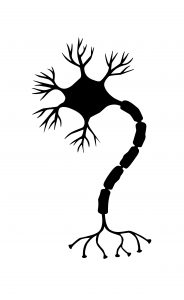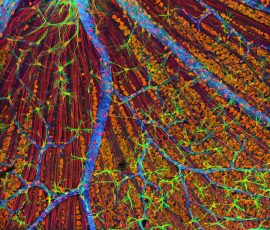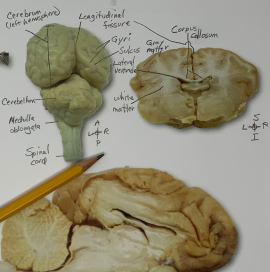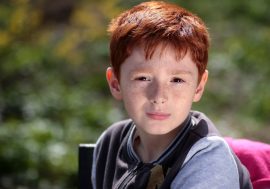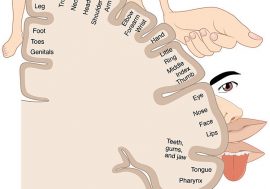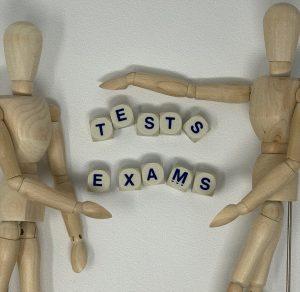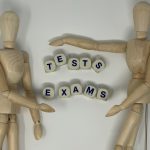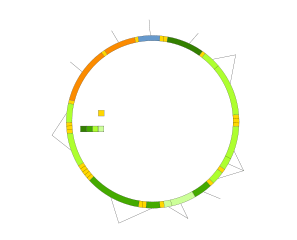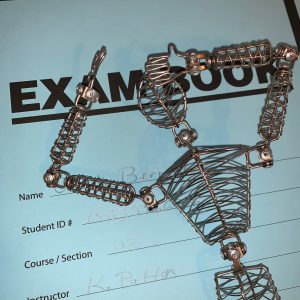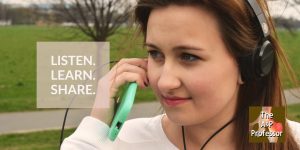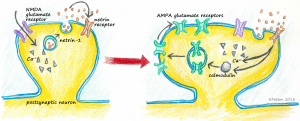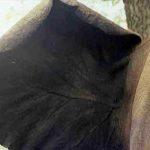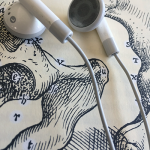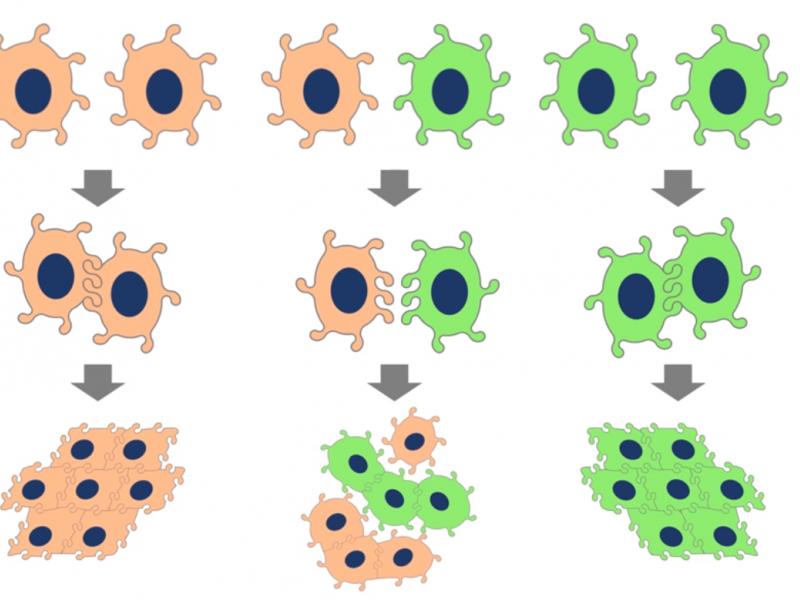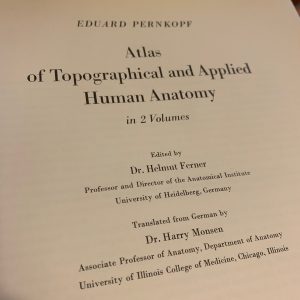0:43 | Summer neuroscience workshop
3:45 | Ganglion cells
10:52 | Sponsored by HAPS
11:13 | Featured topic 1: Dissection lists
30:49 | Sponsored by AAA
31:02 | Featured topic 2: Pre-dissection practice
If you cannot see or activate the audio player click here.
Questions & Feedback: 1-833-LION-DEN (1-833-546-6336)
Follow The A&P Professor on Twitter, Facebook, Blogger, Nuzzel, Tumblr, or Instagram!
Students don't often realize that they are their own best teacher. (Sr. Virginia Brinks)
1 | Summer neuroscience workshop
3 minutesThirteenth Annual Summer Workshop: Hardware and Software Experiments to Teach Neuroscience. Kevin participated in an earlier version of this workshop and got a lot out of it.
- During 2019, partial costs associated with the Workshop (lodging in MU dorms + meals) will be provided by a grant.
- See Neuro Workshop Flyer Summer 2019
- 1-week Summer Course
- July 14 to July 20, 2019
- Starts at 7 p.m. on Sunday, July 14, and ends at 5 p.m. on Saturday, July 20 (travel days of Sunday 14 July and Sunday 21 July)
- Limited to 10 participants
- Deadline of February 15, 2019
- Review of applications may begin earlier
2 | Ganglion cells
7 minutesLight-sensitive ganglion cells contain the visual pigment melanopsin that is involved a non-imaging kind of vision that helps us detect sunlight levels in our environment. This information helps us sync our biological clocks to our environment—and may affect our mood.
- Scientists Find A Brain Circuit That Could Explain Seasonal Depression (brief article and audio story)
- Luxotonic signals in human frontal-polar cortex: A possible substrate for effects of light on mood (abstract of a presentation at Neuroscience 2018)
- Light Affects Mood and Learning through Distinct Retina-Brain Pathways (research article)
- Ganglion cell (overview of the ganglion cell of the retina)
3 | Sponsored by HAPS
0.5 minutesThe Human Anatomy & Physiology Society (HAPS) is a sponsor of this podcast. Did you know there's a one-day regional HAPS conference in March? Check it out. You can help appreciate their support by clicking the link below and checking out the many resources and benefits found there.
Anatomy & Physiology Society
theAPprofessor.org/haps

4 | Dissections lists
19.5 minutesDissection lists are a type of "lab list" in which each structure required for discovery, familiarization, and/or mastery is listed in a clearly organized handout. This handout can be used by students for organizing learning and clarifying their learning objectives—and by teachers to help monitor student progress for effective coaching.
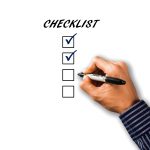
5 | Sponsored by AAA
0.5 minuteThe searchable transcript for this episode, as well as the captioned audiogram of this episode, are sponsored by The American Association of Anatomists (AAA) at anatomy.org
6 | Pre-dissection practice activity
7 minutesA simple handout with photographs of dissection specimens can be used by students to walk through their dissection activity before they arrive in the lab. This gives them a stronger preparation that a "cold start" in lab, which often gets chaotic of students aren't practiced in finding structures.
- A similar approach can be used for learning the skeleton
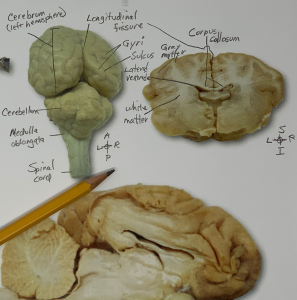
If the hyperlinks here are not active, go to TAPPradio.org to find the episode page.
- More details at the episode page.
- Transcript available at the script page.
- Listen to any episode on your Alexa device.
- Join The A&P Professor social network:
- Blog
- Twitter @theAPprofessor
- Facebook theAPprofessor
- Instagram theAPprofessor
- YouTube
Transcript and captions for this episode are supported by theAmerican Association of Anatomists.anatomy.org
(Clicking on sponsor links helps let them know you appreciatetheir support of this podcast!)
Click here to listen to this episode—or access the detailed notes and transcript.

